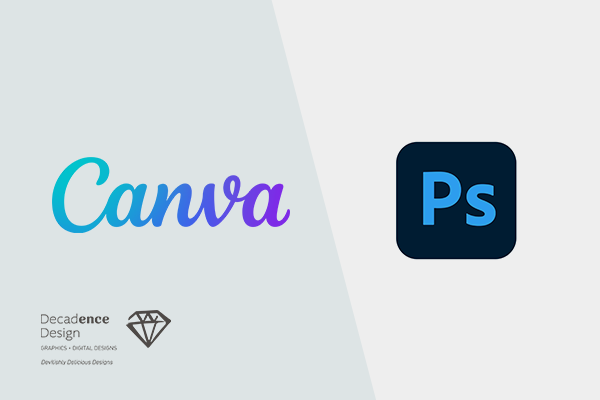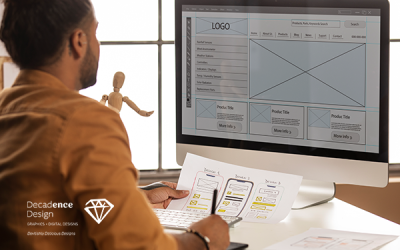In the realm of social media marketing, visuals are paramount. From eye-catching Instagram posts to engaging Facebook covers, the importance of high-quality graphics cannot be overstated. To meet the demands of this visual-driven landscape, two powerful tools have emerged as favorites among designers and marketers alike: Canva and Photoshop. Each offers unique features and capabilities, but which one reigns supreme in the realm of social media graphic design?
Canva: The User-Friendly Design Platform
Canva has revolutionised graphic design for users of all skill levels. With its intuitive drag-and-drop interface and vast library of templates, Canva makes it easy for anyone to create professional-looking graphics in minutes. From social media posts and stories to banners and infographics, Canva offers a wide range of pre-designed templates tailored specifically for various social media platforms.
One of Canva’s standout features is its extensive collection of stock photos, illustrations, icons, and fonts, which users can access within the platform. This eliminates the need for third-party resources and streamlines the design process. Additionally, Canva’s collaboration tools enable teams to work together seamlessly on projects, making it a popular choice for businesses and agencies.
For social media marketers looking to streamline their workflow and create visually stunning graphics without the steep learning curve, Canva is an excellent choice.
Photoshop: The Powerhouse of Graphic Design
Photoshop has long been the go-to software for professional graphic designers, and for good reason. Its robust set of tools and advanced capabilities allow for unparalleled creativity and customisation. While Photoshop has a steeper learning curve compared to Canva, mastering its features opens up a world of possibilities for social media design.
With Photoshop, users have complete control over every aspect of their designs, from color correction and image manipulation to intricate text effects and layer styles. This level of precision and flexibility makes Photoshop the preferred choice for designers working on complex projects or those who require pixel-perfect graphics.
Moreover, Photoshop seamlessly integrates with other Adobe Creative Cloud apps, such as Illustrator and InDesign, allowing for seamless workflow and file compatibility across different design tools.
Choosing the Right Tool for Social Media Graphic Design
When it comes to choosing between Canva and Photoshop for social media graphic design, there is no one-size-fits-all answer. Each tool has its strengths and weaknesses, and the best choice depends on the user’s specific needs and preferences.
For beginners or those looking for a quick and easy way to create stunning graphics for social media, Canva is hard to beat. Its user-friendly interface, vast template library, and collaboration features make it ideal for individuals and teams looking to produce high-quality designs with minimal effort.
On the other hand, Photoshop is the tool of choice for professional designers and those who require advanced features and customization options. While it may have a steeper learning curve, mastering Photoshop opens up a world of creative possibilities and allows for complete control over every aspect of the design process.
In conclusion, both Canva and Photoshop are powerful tools for social media graphic design, each with its own strengths and weaknesses. Whether you prioritise ease of use and convenience or require advanced features and customization options, there is a tool out there to suit your needs. Ultimately, mastering either Canva or Photoshop—or even both—can elevate your social media presence and help you stand out in a crowded digital landscape.





